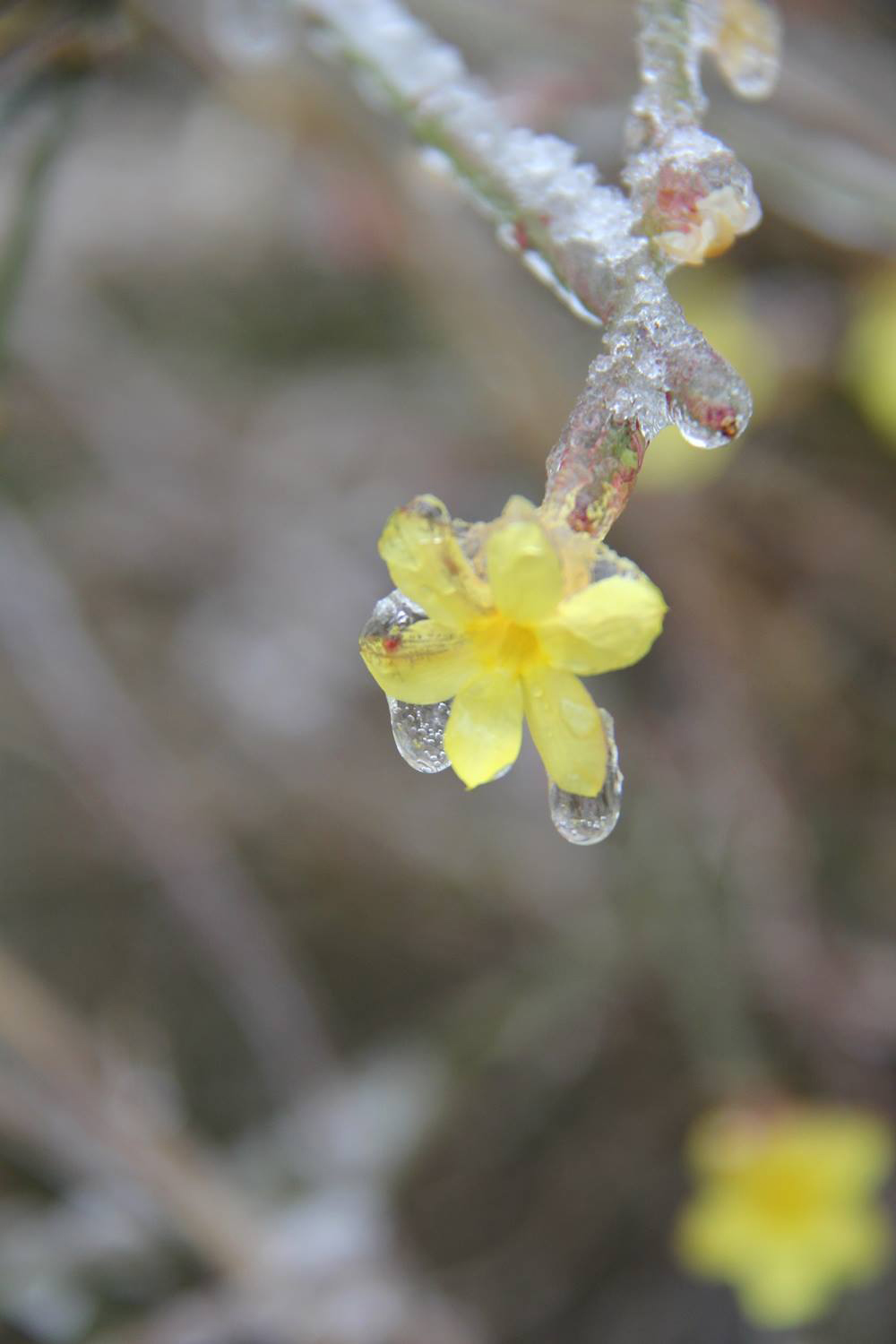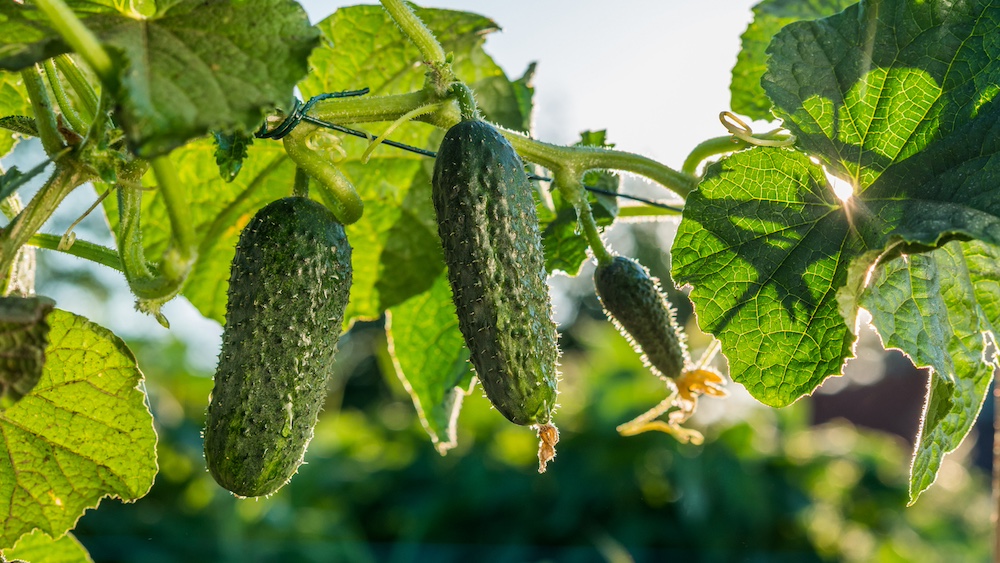Are the first warm spring days making it impossible to stay out of the garden?
There’s no way for a gardener to predict or stop a late frost from hitting after they’ve put in transplants or started counting blooms, but they can be prepared, said Paul Thomas, University of Georgia Cooperative Extension horticulturist. Since no one knows when a frosty night might hit, gardeners should have a frost tool kit and game plan ready.
“Buying or collecting frost-reduction materials prior to the frost and prepositioning them close to the plants you want to protect is very important,” Thomas said.
One of the most effective ways to shield plants from frost is to cover them. Gardeners can use anything from high-quality frost-reduction fabric, to blankets and sheets, newspapers, baskets or even straw.
For small shrubs such as Gardenia, a supply of old comforters or heavy blankets — maybe purchased from a local thrift store — will allow you to protect your plants from that first frost without spending much money. Covering plants with a heavier blanket will protect them more than if they’re covered with a simple sheet, Thomas said.
In addition to blankets, simple mulches — like dead leaves or grain straw — are some of the best materials for protecting small plants and flowers. For smaller plants such as young vegetable starts, lighter-weight materials like pine straw work great if enough is placed over the plants.
Gardeners can completely bury their newly flowering shrubs or tender garden seedlings in either leaves or straw, then uncover them after the weather warms back up. The flowers and seedlings will be fine, he said.
Never use plastic sheeting to cover plants because plastic can trap too much heat. When the day starts to warm up, the plants can actually cook or scorch under the covering.
“By 10 a.m. you can have significant damage to grass and young plants due to how quickly it can heat up under that plastic,” Thomas said.
It’s best to cover plants before sunset to retain some of the heat that is trapped in the soil and to remove the coverings in the morning just after sunrise to prevent the plants from being scorched. The exception would be if it’s cloudy, snowing or icy.
Thomas also recommends having a collection of wooden garden stakes on hand. Place the stakes throughout your vegetable patch in order to suspend blankets over tender seedlings or delicate flowers. The stakes will prevent snow- or rain-soaked blankets from crushing your plants, Thomas said.
For more information about timing work in your garden, see UGA Extension Circular 943, “Vegetable Garden Calendar,” at extension.uga.edu/publications.








